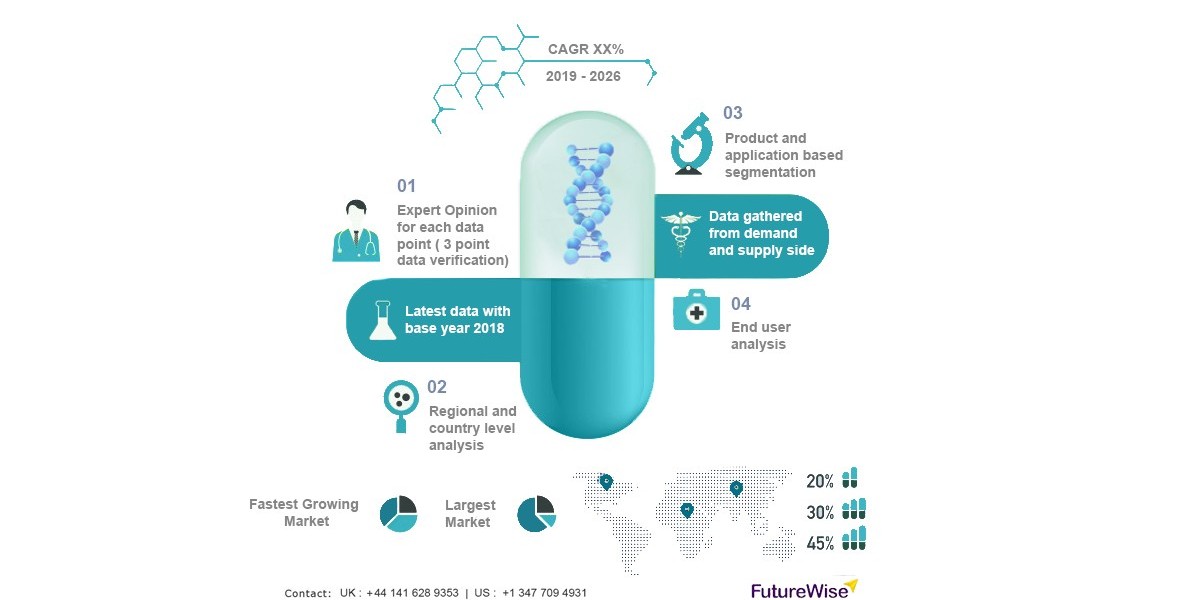This article explores the world of soil sensors, unveiling their potential to transform your gardening experience. We'll delve into the different types of sensors available, their functionalities, and the valuable data they provide. We'll also explore the benefits of using soil sensors, from optimizing plant growth to simplifying your gardening routine.
Unveiling the Hidden World Beneath the Surface: What Do Soil Sensors Measure?
Healthy plant growth relies on a delicate balance of factors within the root zone, the hidden world beneath the soil's surface. Traditionally, gardeners have relied on visual cues and touch to assess these factors, such as feeling the soil for moisture or observing leaf color for nutrient deficiencies. Soil sensors offer a more precise and objective way to monitor these critical parameters:
Soil Moisture: One of the most crucial factors for plant health, moisture levels significantly impact nutrient uptake and overall growth. Soil moisture sensors use various technologies, like electrical resistance or capacitance, to measure the water content in the soil. This data allows you to water your plants based on their specific needs, avoiding underwatering or overwatering, both of which can be detrimental.
Soil Temperature: Root growth and nutrient uptake are also influenced by soil temperature. Soil temperature sensors provide valuable insights, particularly for gardeners in regions with fluctuating climates. Knowing the soil temperature can help you choose the right planting times and protect your plants from temperature extremes.
Soil Nutrients: While some sensors offer basic readings on nutrient levels, more advanced sensors can measure specific nutrients like nitrogen, phosphorus, and potassium (NPK), the essential elements for healthy plant growth. This data empowers you to tailor your fertilization practices, ensuring your plants receive the precise nutrients they need to thrive.
Soil pH: Acidity or alkalinity of the soil, measured by pH levels, plays a crucial role in nutrient availability. Certain plants thrive in specific pH ranges. Soil pH sensors can help you identify if your soil is too acidic or alkaline for your chosen plants and guide you in making necessary adjustments.
A World of Sensors: Exploring Different Types and Their Applications
There's a diverse range of soil sensors available, each catering to specific needs and budgets:
Simple Probe Sensors: These user-friendly sensors are often single-purpose, typically measuring just soil moisture. They are easy to use, often featuring an analog gauge or LED lights to indicate moisture levels. They are a great option for beginners or those on a budget.
Multi-Functional Probe Sensors: Offering more comprehensive data, these sensors can measure multiple parameters like moisture, temperature, and sometimes even light levels. They provide a more detailed picture of the root zone environment and are suitable for gardeners who want a deeper understanding of their plants' needs.
Smart Sensors and Wireless Monitoring: Taking soil monitoring to the next level, smart sensors connect to mobile apps via Bluetooth or Wi-Fi. They offer real-time data on various soil parameters, allowing you to monitor your garden remotely and receive alerts when readings fall outside optimal ranges. These high-tech options are ideal for tech-savvy gardeners who appreciate convenience and data-driven insights.
Reaping the Rewards: Benefits of Using Soil Sensors in Your Garden
Incorporating soil sensors into your gardening routine offers a multitude of benefits:
Optimized Plant Growth: By providing precise data on soil conditions, soil sensors empower you to create an environment that perfectly suits your plants' needs. This leads to healthier, more vigorous growth, with increased yields for vegetables and fruits and more vibrant flowers.
Reduced Guesswork: No more second-guessing yourself about watering or fertilizing. Soil sensors provide objective data, eliminating the guesswork and frustration often associated with gardening. This allows you to focus on enjoying the process and nurturing your plants with confidence.
Water Conservation: Overwatering is a common pitfall for new gardeners. Soil moisture sensors prevent this by indicating exactly when your plants need watering. This not only conserves water but also promotes healthier root systems, as overwatering can lead to root rot.
Improved Efficiency: Soil sensors streamline your gardening routine. By eliminating the need for frequent soil checks, they save you time and effort. Additionally, the data they provide can help









